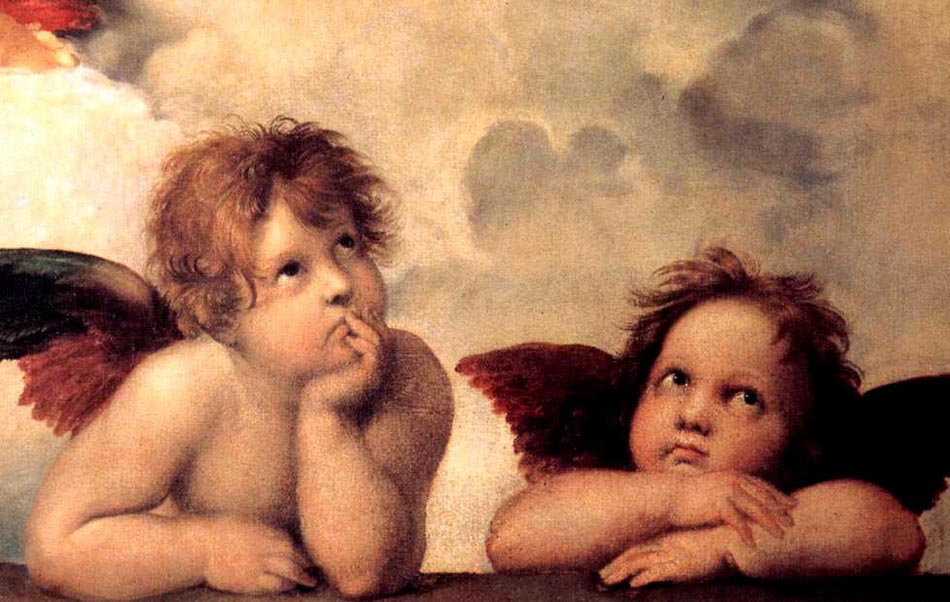Raffaello exhibition in Rome
The biggest art exposition ever dedicated to the genius Raphael Sanzio opened in Rome on March 4th 2020.
Raphael is thought to have moved to Rome towards the end of 1508, when, on the recommendation of Donato Bramante, he was summoned by Pope Julius II in person to make up the team of artists from all over Italy who were to work on the reconstruction of the Vatican and the city of Rome.
Shortly after his arrival in Rome, Raphael was commissioned to fresco the private residence of Julius II. The frescoes of the Vatican Apartments were already being carried out by other artists such as Perugino, Bramantino and Sodoma. However, on seeing his work, the Pope decided that Raphael should be the one to complete the Apartments.

Raphael created absolute masterpieces such as the four Raphael Rooms, including the Room of the Segnatura, the Room of Heliodorus and the Room of the Fire in the Borgo.
Soon after, Raphael was called by the Sienese banker Agostino Chigi to decorate Villa Farnesina, a suburban villa designed by Baldassare Peruzzi. Here, between 1511 and 1518, he painted the Triumph of Galatea and the fresco of the Loggia of Cupid and Psyche. He also designed the decoration of the bedchamber, that depicts scenes from the life of Alexander the Great, including his marriage to Roxana.
During his stay in Rome, Raphael brought great innovation to the art of portrait painting, as shown in his Alterpieces and in the Madonna and Child. Although many of his Roman works are kept in various museums in Italy and around the world, Rome still houses many of Raphael’s masterpieces. The Vatican Pinacoteca houses the Oddi Alterpiece, the Madonna of Foligno, his ten tapestries, the Transfiguration and some parts of the Baglioni Alterpiece, while the double Portrait of Andrea Navagero and Agostino Beazzano is housed in the Doria Pamphilj Gallery. The Borghese Gallery houses other parts of the Baglioni Alterpiece, as well as Raphael’s Portrait of a Man and the Young Woman with Unicorn. Following Bramante’s death in 1514, Raphael was appointed chief architect for St. Peter’s and also designed the Chigi Chapel in Santa Maria del Popolo. In 1518 he began the design of Villa Madama and continued the work on the Vatican Loggias begun by Bramante. Raphael died on April 6th 1520 at the age of 37 and, according to his last wishes, was buried in the Pantheon in Rome, where his tomb is still to be found today.



